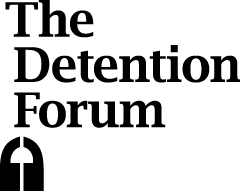Blog post by Jeff Crisp, Associate Fellow at Chatham House and Research Associate at the Refugee Studies Centre, University of Oxford.
Overcrowded camps in Greece where asylum seekers are deprived of their liberty for many months on end and are obliged to live in dangerous and insanitary conditions while they wait for a solution to their plight. The interception of asylum seekers in the Mediterranean Sea and their forced return to detention centres in Libya, where they are routinely abused and exploited. New fences erected on Hungary’s border and the brutalization of refugees and other migrants by the country’s military, police and vigilante groups. Periodic evictions and round-ups of foreign nationals who have made their way to northern France, and the UK’s refusal to admit those who have close relatives already living on the other side of the English Channel.
As these examples suggest, the European Union’s refugee and asylum policies have become grotesquely dysfunctional over the past five years, despite (or perhaps, more accurately, because of) an incessant round of summit meetings, declarations, initiatives, agreements and deals, all of them ostensibly designed to attain the holy grail of ‘effective migration management’.
A week ago, Brussels made its latest attempt to resolve this contradiction, introducing a ‘Pact on Migration and Asylum’ whose publication was brought forward as a result of the fire that had just destroyed the Moria refugee camp on the Greek island of Lesvos. Describing the Pact as a “fresh start” to the issue, EU Commission President Ursula von der Leyen stated that “it is now time to rise to the challenge to manage migration jointly, with the right balance between solidarity and responsibility.”
Read the rest of Jeff Crisp’s blog on the migration and asylum pact here
For a collection of other commentaries on the Pact, go here
Photo: Gevgelija, Macedonia
Credit © Jerome Cid, Shutterstock











